Embodied persons, multiplicities and extensions: an approach to the notions of body and person among the tobas (qom) of the Argentine Chaco
DOI:
https://doi.org/10.22380/2539472X.1204Keywords:
Notion of person, body, individuation, Argentinean ChacoAbstract
The following article analyzes notions of personhood and embodiment among the toba (qom) indigenous group living in the argentinean chaco, deploying a number of concepts derived from ethnographic fieldwork. Using two myths of central importance for the Toba, I analyze the role of bodily possession in the definition of personhood and the differentiation between the human and the non-human. I then address some of the criteria used for defining the existence of human and non-human persons that have a body and those that do not. Finally, I analyze the characteristics that make up Toba notions of the body as they relate to the collective construction of the body and its role in the circulation of components coming from other persons-bodies.
Downloads
References
Actes Du Colloque International du Centre National de la Recherche Scientifique. 1973. La Notion de Personne en Afrique Noire. Centre National de la Recherche Scientifique (CNRS) París.
Balducci, Mónica. 1982. “Códigos de comunicación con el mundo animal entre los Toba-Taksik”. Tesis de licenciatura, departamento de ciencias antropológicas. Universidad de Buenos Aires.
Bórmida, Marcelo. 1969. “Mito y cultura”. Runa. 7.
–. 1976. Etnología y fenomenología. Cervantes. Buenos Aires.
Braunstein, JOSÉ. 1983. “Algunos rasgos de la organización social de los indígenas del Gran Chaco”. Trabajos de Etnología. 2.
Califano, Mario. 1973. “El ciclo de Tokjwaj: análisis fenomenológico de una narración mitica de los mataco costaneros”. Scripta Etnologica. 1 (1).
Carneiro da Cunha, Maria. 1975. “Os mortos e os outros. Uma análise do sistema funerarioe da noçao de pessoa entre os indios Krahó”. PhD. dissertation. Universidad de Campinas.
Carrithers, Michael, Collins, Steven y Lukes, Steven (eds.). 1985. The category of the person. Anthropology, philosophy, history. Cambridge University Press. Cambridge.
Chaumeil, Jean-Pierre. 1983. Voir, savoir et pouvoir. Le chamanisme chez les Yagua du Nord-est péruvien. Éditions de l’École des Hautes Études en Sciences Sociales. París.
Cordeu, Edgardo. 1969-70. “Aproximación al horizonte mítico de los Tobas”. Runa. 12 (1-2).
Cordeu, Edgardo y Siffredi, Alejandra. 1971. De la algarroba al algodón. Movimientos milenaristas del Chaco argentino. Juárez Editor. Buenos Aires.
Crocker, John. 1985. Vital Souls. Bororo cosmology, natural symbolism and shamanism. University of Arizona Press. Arizona.
Csordas, Thomas. 1994. Embodiment and experience. The existential ground of culture and self. Cambridge University Press. Cambridge.
Dasso, Cristina. 1988. “Las transformaciones del sol y las estrellas en la cosmovisión de los mataco (grupo tachonai)”. Scripta Ethnologica. 9.
Descola, Philippe. 1986. La nature domestique. Symbolisme et praxis dans l’écologie des Achuar.Maison des Sciences de l’homme. París.
–. 1992. “Societies of nature and the nature of society”. En Conceptualizing society. Routledge. Londres.
–. 1996. “Constructing natures: Symbolic ecology and social practice”. En Nature and Society. Anthropological Perspectives. Routledge. Londres.
–. 2000-2001. Anthropologie de la Nature. Résumé des cours et travaux. Anuario del Collège de France. París.
Godelier, Maurice y Panoff, Michel. 1998. La production du corps. Vol. I y II. Éditions des archives contemporaines. París.
Gonçalvez, Marco Antonio. 2001. O mundo inacabado. Açao e criaçao em uma cosmologia amazônica. Etnografia piraha. Editora UFRJ. Río de Janeiro.
Gordillo, Gastón. 1992. “Cazadores-recolectores y cosecheros. Subordinación al capital y reproducción social entre los tobas del oeste de Formosa”. En H. Trinchero, H. Piccinini y G. Gordillo (eds.). Capitalismo y grupos indígenas en el Chaco CentroOccidental. Centro Editor de América Latina. Buenos Aires.
Hugh-Jones, C. 1979. From the milk river. Spatial and temporal processes in Northwest Amazonia. Cambridge University Press. Cambridge. DOI: https://doi.org/10.1017/CBO9780511558030
Idoyaga Molina, Anatilde. 1978-79. “Contribución al estudio del proceso de gestación, aborto y alumbramiento entre los mataco costaneros”. Scripta Ethnologica. 5 (2).
Iñigo Carrera, Nicolás. 1979. La violencia como potencia económica: Chaco 1879-1940. Centro Editor de América Latina. Buenos Aires.
Jackson, Michael y Karp, Ivan (eds). 1990. Personhood and agency. The experience of self and other in African culture. Smithsonian Institution Press. Uppsala.
Karsten, Raphael. 1932. “Indian tribes of the Argentine and Bolivian Chaco. Ethnological studies”. Societas Scientiarum Fennica. Helsingfors. 4 (1).
Lambek, Michel y Strathern, Andreu. 1998. (eds.). Bodies and persons. comparative perspective from Africa and Melanesia. Cambridge University Press. Cambridge. DOI: https://doi.org/10.1017/CBO9780511802782
Lagrau, Else. 1998. “Cashinaua cosmovision: A perspectival approach to identity and alterity”. PhD. dissertation. University of St. Andrews.
Leenhardt, Maurice. 1971 [1947]. Do Kamo. La personne et le mythe dans le monde melanesien. Gallimard. París.
Lehmann-Nitsche, R. 1923. “Mitología sudamericana: VI. La astronomía de los Tobas”. Revista del Museo de La Plata. 27.
Lévi-Strauss, Claude. 1985. La potière jalousie. Plon. París.
Lienhardt, Geofrey. 1985. “Self: Public, private. Some African representations”. En M. Carrithers, S. Collins y S. Lukes (eds.) The category of the person. Anthropology, philosophy, history. Cambridge University Press. Cambridge.
Mashnshnek, Cecilia. 1976. “El mito en la presencia de los aborígenes del Chaco Central: presencia y actuación de las teofanías”. Scripta Ethnologica. 4 (1).
Mauss, Marcel. 1939. “Une catégorie de l’esprit humaine: la notion de personne, celle de “moi”, un plan de travail”. Journal of the Royal Anthropological Institute. 68.
Mccallum, CEcilia. 1996. “Morte e pessoa entre os Kaxinawá”. Mana. 2 (2). DOI: https://doi.org/10.1590/S0104-93131996000200003
–. 2001. Gender and sociality in Amazonia. How real people are made. Berg. Oxford.
Métraux, Alfred. 1937. “Études d’Ethnographie Toba-Pilagá (Grand Chaco)”. Anthropos, Revue Internationale d’Ethnologie et de Linguistique. 32.
–. 1946. Myth of the Toba and Pilagá indians of the Gran Chaco. American Folklore Society. Philadelphia.
–. 1963. “Ethnography of the Chaco”. En Handbook of South American Indians 1. Cooper Square Publishers. Nueva York.
Miller, Elmer. 1979. Los tobas argentinos. Armonía y disonancia en una sociedad. Siglo XXI. México.
Nordenskiöld, E. 1912. “La vie des indiens dans le Chaco: Amérique du Sud”. Revue de Géographie. 6 (3).
Palavecino, Enrique. 1969-70. “Mitos de los indios tobas”. Runa. 12 (1-2).
Ríos, Miguel De Los. 1976. Una visión shamánica del ciclo vital (etnia mataco). Tekné. Buenos Aires.
Salamanca, Carlos y Tola, FLorencia. 2002. “La brujería como discurso político en el Chaco argentino”. Desacatos. 9.
Seeger, Anthony, Da Matta, Roberto y VIveiros De Castro, Eduardo. 1979. “A construçao da pessoa nas sociedades indígenas brasileiras”. Boletim do Museu Nacional. 32.
Strathern, Marilyn. 1988. The gender of the gift. University of California Press. Berkeley.
Surrallés, Alexandre. 2003. Au cœur du sens. Perception, affectivité, action chez les Candoshi. CNRS / Éditions Maison des Sciences de l’Homme. París. DOI: https://doi.org/10.4000/books.editionsmsh.6804
Taylor, Anne-Christine. 1993. “Remembering to forget: Identity, mourning and memory among the Jivaro”. Man. 28 (4). DOI: https://doi.org/10.2307/2803991
–. 1996. “The soul’s body and its states: An Amazonian perspective on the nature of being human”. Journal of the Royal Anthropological Institute. 2 (2).
–. 1998. “Corps immortels, devoirs d’oubli: formes humaines et trajectoires de vie chez les Achuars”. En M. Godelier y M. Panoff (eds.). La production du corps. Éditions des Archives Contemporaines. Amsterdam.
–. 2001. “Wives, pets, and affines: Marriage among the Jivaro”. En Beyond the visible and the material. L. Rival y N. Whitehead (eds.). Oxford University Press. Oxford.
Tola, Florencia. 1998. “La restricción sexual en la lactancia y la ‘lucha entre hermanos’ en un grupo toba de Formosa”. Anales de la Sociedad Científica Argentina. 228 (2).
–. 2001. “Relaciones de poder y apropiación del ‘otro‘ en relatos sobre iniciaciones shamánicas del Chaco argentino”. Journal de la Société des Américanistes. 87.
Tola, Florencia. 2004. “Je ne suis pas seul(ment) dans mon corps”. Corps et multiplicités chez les Toba (Qom) du Chaco argentin. Tesis de doctorado. Ecole des Hautes Etudes en Sciences SocialesUniversidad de Buenos Aires. París.
Tomasini. Alfredo. 1978-79. “La narrativa animalística entre los tobas de occidente”. Scripta Ethnologica. 5 (1).
Trinchero, Hugo, Piccinini, D. y Gordillo, Gastón (eds.). 1992. Capitalismo y grupos indígenas en el Chaco Centro-Occidental (Salta y Formosa)/1. Centro Editor de América Latina. Buenos Aires.
Viveiros De Castro, Eduardo. 1992. From the enemy point of view. Humanity and divinity in an Amazonian society. University of Chicago Press. Chicago.
–. 1996. “Os pronomes cosmológicos e o perspectivismo ameríndio”. Mana. 2 (2).
–. 2002. A inconstancia da alma selvagem. Cosac y Naify. Sao Pablo.
Wright, Pablo. 1997. “Being-in-the-dream. Postcolonial explorations in Toba ontology”. PhD. dissertation. Temple University.




















